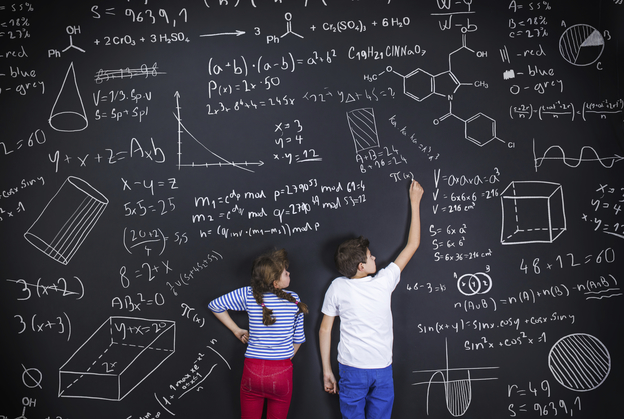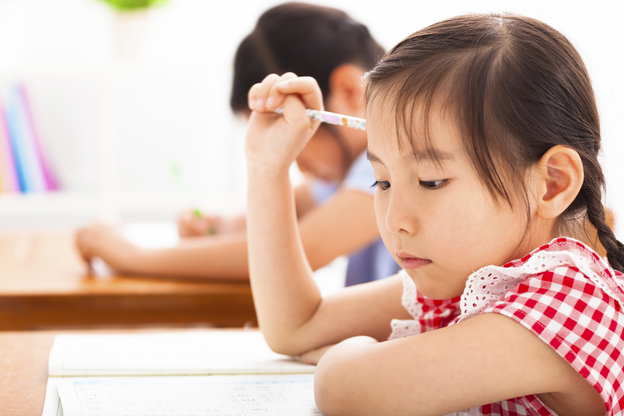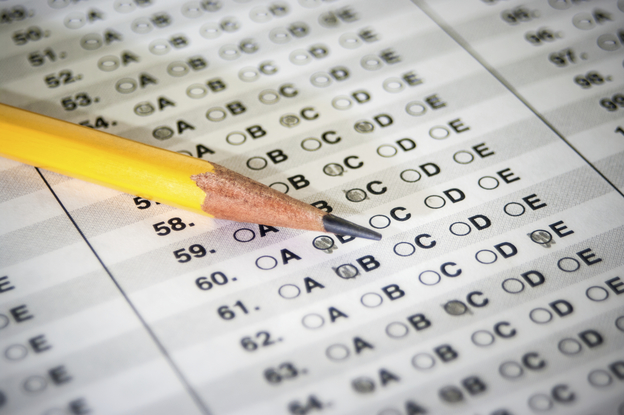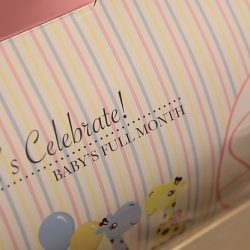SingaporeMotherhood | Parenting
May 2015
A Roadmap to Singapore’s Primary Education System
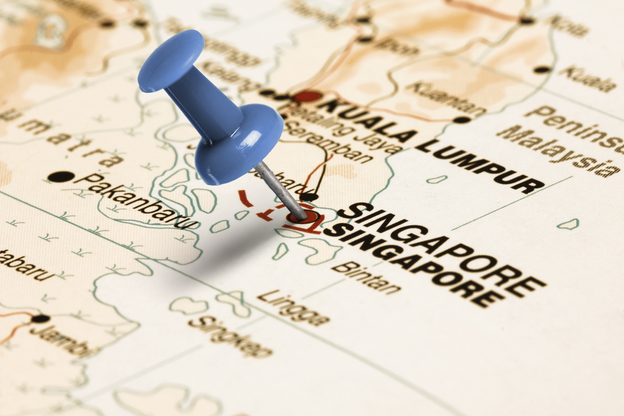
Singapore’s education system has been consistently evaluated by its Western counterparts. From articles such as Lessons from Singapore, Lessons On Education from Singapore, and Lessons Learned from Singapore’s Proactive Education System, the essential tone remains the same, and many foreign education administrators are looking up to the Singaporean model of education.
[banner][/banner]
Currently, Singapore’s education system has been positioned as one of the best in the world, although it did not start this way a few decades ago. Over time, the nation’s economy has also helped to shape and transform its education system into one that offers two prime facets; namely, quality and excellence. Fundamentally, Singapore’s critical education vision and strategies provide greater autonomy for the nation’s schools to accommodate collaborative learning, creative thinking, depth, diversity and ultimately, the formula for long-term success.
The Landscape
Singapore’s education system includes both public and private schools to serve a spectrum of intellectual requirements. Currently, there are a total of 379 public schools and institutions, and more than 30 private or international schools in the nation. Under the public education system, there are 182 primary schools, 154 secondary schools, fourteen junior colleges, five polytechnics, and five universities.
Singapore’s Public School System
Ranking
With a ranking of third in the world according to the Learning Curve Report published by Pearson in 2014, and Gallup’s Potential Net Migration Index in 2014, Singapore’s public school system has received many accolades for being one of the best in the world. As such, many foreign educators are evaluating and studying Singapore’s model, and determining how to improve their respective systems. In addition, this recognition has also attracted an influx of students from the region.
Bilingual Policy
Singapore’s bilingual initiative has created an unparalleled edge for those studying on this little red dot. Apart from English, students have the opportunity to learn a second language, and this in turn strengthens their link with their heritage as well.
Enrolment
With an enrolment of 244,045 in primary schools and 229,330 in secondary schools, junior colleges and tertiary institutions as of 2013, public schools remain the main avenue to attain education in Singapore. Generally, parents follow certain registration procedures to enrol their eligible children into primary education institutions, while others ensure that their children in primary and secondary schools undertake specific examinations in order to qualify for entry into secondary schools and tertiary institutions respectively.
The Structure
Generally, students go through six years of primary, four (or five) years of secondary, and two (or three) years of post-secondary (junior college or pre-university) education before gaining entry into higher tertiary institutions. The English language is used as the main medium of instruction for all subjects except for the Mother Tongue classes. Participation in at least one co-curricular activity (CCA) is made compulsory. These CCAs are categorised as Uniform Groups, Performing Arts, Clubs & Societies, and Sports & Games. In Singapore, all students start their ten-month academic year in January with month-long breaks in June and December.
The Primary Education Curriculum
All six to seven year-old students go through a four-year foundation stage (primary one to four), and a two-year orientation stage (primary five to six). During these years, students take up Arts & Crafts, Civics & Moral Education (CME), English, Health Education, Mathematics, Mother Tongue (Mandarin, Malay, or Tamil), Music, Science, Social Studies and Physical Education. Provided free for all Singaporean citizens (except for a monthly $13 miscellaneous fee), this serves as one way for Singapore’s Ministry of Education (MOE) to ensure that all age-appropriate children receive this compulsory education.
The Gifted Education Programme (GEP)
MOE established the GEP in 1984 to provide an opportunity to sift out the intellectually gifted students. This challenging programme provides an avenue for these students to excel beyond what their regular peers would normally achieve. Schools which offer this programme include Anglo-Chinese School, Catholic High Primary School, Henry Park Primary School, Nan Hua Primary School, Nanyang Primary School, Raffles Girls’ Primary School, Rosyth School, St. Hilda’s Primary School and Tao Nan School.
In order to qualify, all interested primary three students undergo a series of screening tests to determine their eligibility. This screening process usually takes place in the month of August. Those who pass this first stage – an estimated 10% of the primary three cohort – are invited to sit for the selection tests later in October. These tests consist of three papers (English, Math, and General Ability tests) and are usually issued over two consecutive days. Eventually, about 1% of the entire population of primary three students will qualify to join the GEP. These students, who will be sent invitations to join the GEP in November, can also attend the Integrated Programme (IP) schools offering school-based Gifted Education Programmes. This six-year option allows them to proceed to junior colleges directly, thereby skipping the GCE Ordinary level examinations. However, prior to this, all GEP students will be required to take the Primary School Leaving Examination (PSLE), just like their non-GEP counterparts.
Subject-based Banding
Currently, all students at the primary four level are streamed according to the “subject-based banding” scheme which allows them to take subjects at suitable levels based on their individual achievements. This banding allows students to take their Mother Tongue subjects at higher, standard or foundation levels, and Mathematics and Science at the standard or foundation levels.
The Primary School Leaving Examination (PSLE)
All primary school students will take the PSLE at the end of their sixth year, and their subsequent results will determine their secondary school qualification. Before the onset of the PSLE, a few participating secondary schools are able to select specific, talented students under the “Direct School Admission” (DSA) scheme – these students qualify for secondary school admission independent of their PSLE results. Instead of the usual GCE Ordinary Level examinations, the IP scheme provides another option for outstanding students to take the GCE Advanced Level examinations or the International Baccalaureate (IB) after six years of secondary education.
The Ingenious Approach
Singapore’s public school system has continuously achieved innovation and recognition, leading to foreign education systems adopting parts of its curriculum. The system’s organization and structure allows students to attain fundamental qualifications, and simultaneously achieve merit. Its bilingual objective provides flexible solutions for students to attain fluency in two languages, and subsequently to be in possession of a competitive edge. Critically, many parents view Singapore’s education system as the gateway to substantial future opportunities for their children. They recognise premier education as the most important factor for success in a developed nation and hence, choose to immerse their children in the process which guarantees long-term rewards.
All content from this article, including images, cannot be reproduced without credits or written permission from SingaporeMotherhood.
Follow us on Facebook, Instagram, and Telegram for the latest article and promotion updates.




